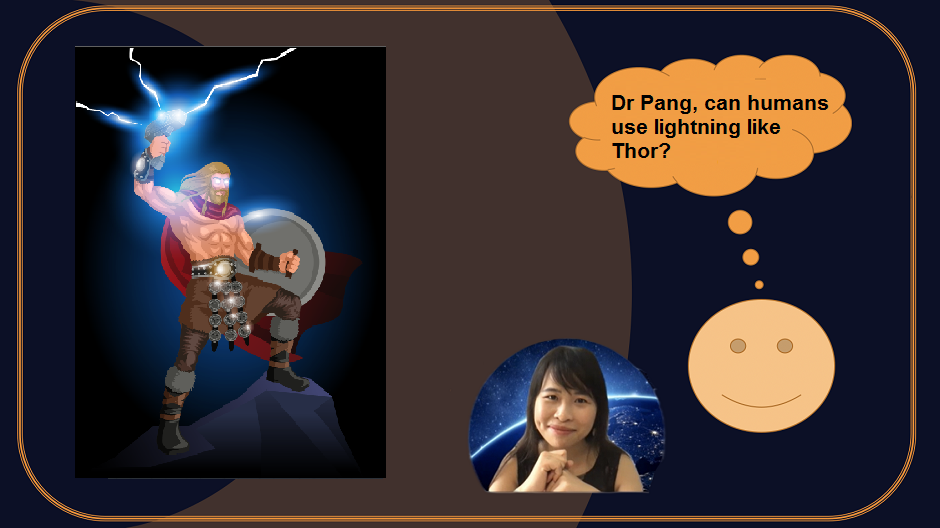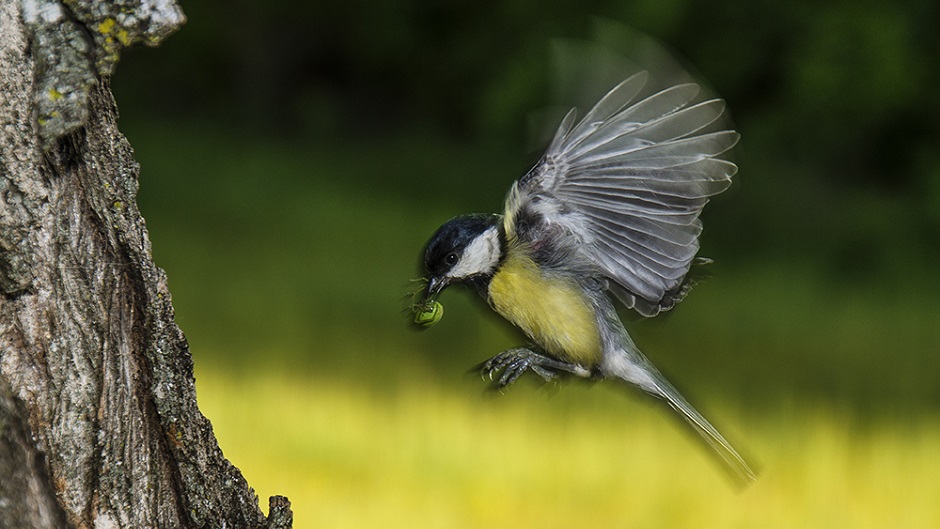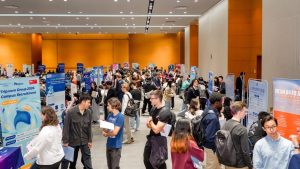01 Jul 2021
Shapeshifting, levitating, conducting lightning – these are just some of the superpowers that superheroes possess in the widely popular Marvel Cinematic Universe films. While their powers may seem out of this world, they are the perfect introduction to scientific principles here on Earth, according to Xi’an Jiaotong-Liverpool University researcher Dr Xiaoying Pang.
Based in the University’s Department of Physics in the School of Science, Dr Pang uses Marvel movies to innovate her physics modules, referencing movie scenes and popular superheroes to foster her students’ interest in science.

Dr Xiaoying Pang, XJTLU Department of Physics
She says Thor – also known as the God of Thunder and a regular fixture in Marvel films – is one of the fictional characters she uses to encourage students to learn about real-world science.
“In the movies, Thor is one of the most powerful characters in the Marvel franchise with the ability to control lightning and thunder through his enchanted hammer,” she says.“While Thor looks impressive as he commands bolts of lightning, your average person on Earth would be dead after being struck by the millions of volts that exist in your standard flash of lightning.
“This is how I introduce students to our inability to survive high volts and start to get them thinking about how ordinary people might be able to protect themselves.
“It’s the perfect segue into electrostatic shielding – a physics concept that can be applied in different situations in real life to protect people from deadly electricity.”
Physics students go on to investigate what electrostatic shielding is, how it works, and the ways it can be used in real life.
Dr Pang says she first developed the module concept based on Marvel superheroes in May 2019. When learning and teaching moved online last year due to the global pandemic, she found that the idea of a superhero could keep students engaged with distance learning.
“Learning physics can be boring with a heavy focus on textbooks and lectures and I was worried the shift online during Covid-19 would magnify this issue,” she says.
“Like many of my students, I am a fan of Marvel movies. I thought our shared interest could make a new learning and teaching experience.
“When I started a module with a superhero, it instantly attracted the attention of my students. They wanted to find out what I was going to teach – and how it related to their favourite movies.”
As part of the module, Dr Pang ran a video contest that encouraged her students to explore physics in real-life scenarios. One of the videos submitted was made by a student from Tanzania, who studied physics concepts through a cat. He explained how a cat could land safely on its feet from a height with a video he found on the Internet.
Dr Pang says making physics relatable through a mix of science fiction and reality helps keep students engaged in the material.
“Physics extends into so many parts of our everyday life. In actions such as walking, fetching water or chopping food, physics is at work,” Dr Pang says.
By the time students returned to campus, Dr Pang’s innovative teaching method had gained a wider audience. She was highly commended in the annual XJTLU learning and teaching award for the most innovative teaching practice in the academic year 2019-2020.
By Ke Tang
01 Jul 2021
RELATED NEWS

Biodiversity: Birds with Dr Emilio Pagani-Núñez
In part three of our series on biodiversity, Dr Emilio Pagani-Núñez, of Xi'an Jiaotong-Liverpool University's Department of Health and Environmental Sciences...
Learn more

XJTLU develops novel tool that could fast-track cell discoveries
Proteins are the workhorses of cells, responsible for almost all biological functions that make life possible. Understanding how specific proteins work is ke...
Learn more

XJTLU ranks 122nd in THE’s Asia universities
Xi’an Jiaotong-Liverpool University has debuted at 122 in Times Higher Education’s latest Asia University Rankings. The rankings, now in their ninth year, l...
Learn more









